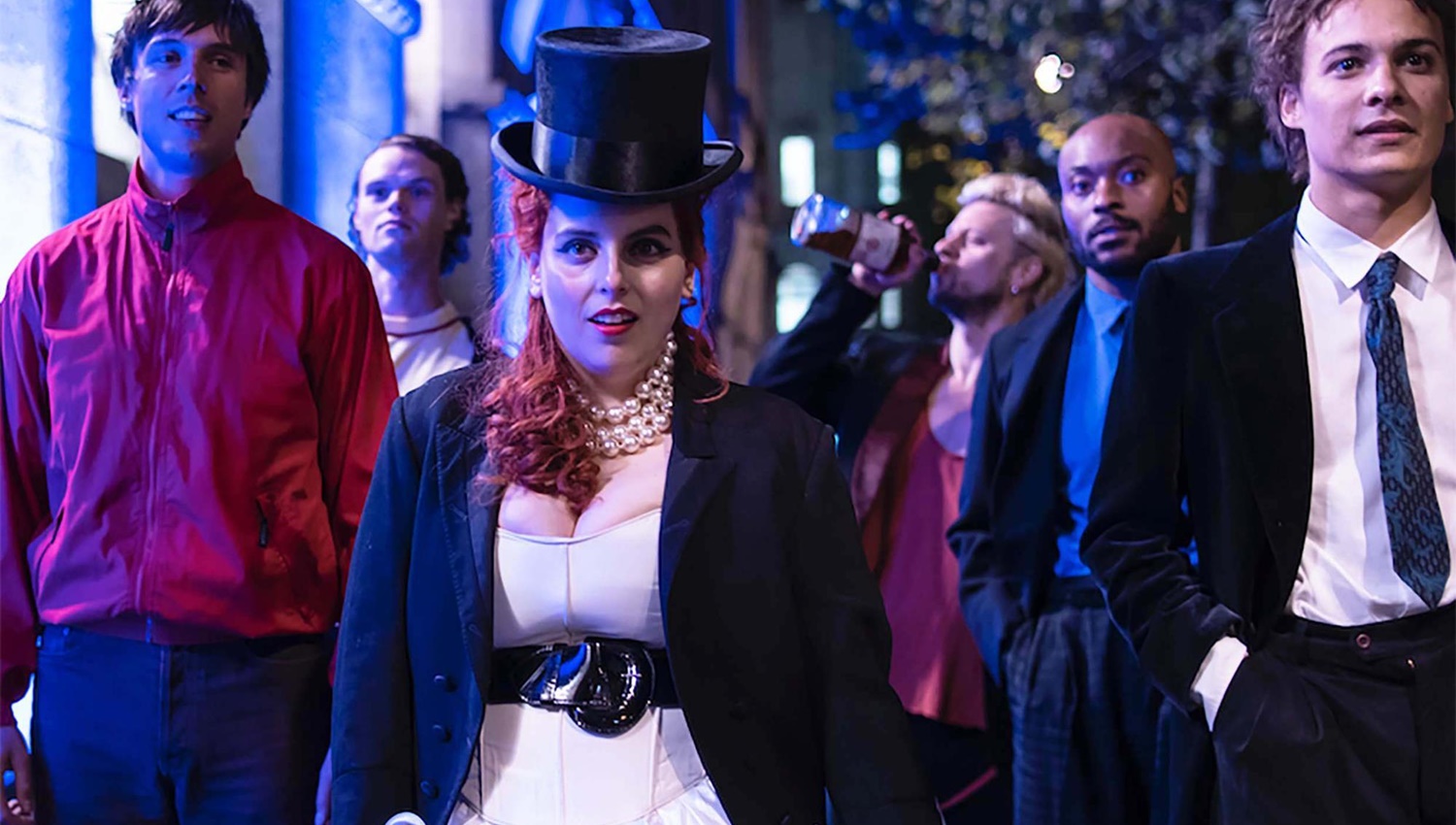
How to Build a Girl
Dustin Chase
When the film opens on Beanie Feldstein (“Lady Bird,” “Booksmart“) sitting alone in a library wearing virtually the same schoolgirl uniform from her last two films, you are already disappointed that she isn’t trying something different. She does, however, have a British accent for this coming of age story. We watch her experience growing pains and transform from the nerd in the library, whose best friend is her closeted younger brother, to the most sexually active rock n roll sixteen-year-old in the city. If this accomplished nothing else, it proves Feldstein can hold her own.
Oldest in the household, but commands the least attention. Johanna has two younger brothers and her parents just had twins. Her English teacher begs here for fewer words and pages, but she’s an overachiever, clear about her future. It’s 1993 and punk rock is all the rage, which means Johanna knows nothing about it. Yet she convinces a local rock magazine they need a teenage perspective. It’s only when the dudes in charge suggest she be more critical, that the once kind and respectful teenager transforms into an alternate persona.
"It’s an unusual combination of coming of age feminism mixed with rock n’ roll criticism."
Director Coky Giedroyc is trying to manage quite a few different elements here. It’s an unusual combination of coming of age feminism mixed with rock n’ roll criticism. Costars Chris O’Dowd (“Mary Poppins Returns“) and his interchangeable counterpart Paddy Considine (“The Death it Stalin“) play the same type characters as usual. The only actor in the cast extending his range here is Alfie Allen (“John Wick”), playing the good guy for a change. His character is the only person in the entire plot that refuses to take advantage of Johanna because she is underage. He also says the word “dragon” just to set Game of Thrones fans into a frenzy.
Most of the scenes in “How to Build a Girl” are over the top and played for more than they are actually worth. If it was Emma Thompson’s name on the poster or trailer that piqued your interest in this one, you’ll have a long wait for her 45-second cameo. Feldstein’s charm begins to wain as the message behind the film becomes all too clear and redundant. It’s hard to buy the character arc, even harder to find the message from a character discussing doggie-style in one frame while giving the illusion of a positive role model, breaking the fourth wall in the final scene.
Final Thought
Nothing new is built here, only borrowed from the success of Feldstein’s other films where she plays similar characters.
